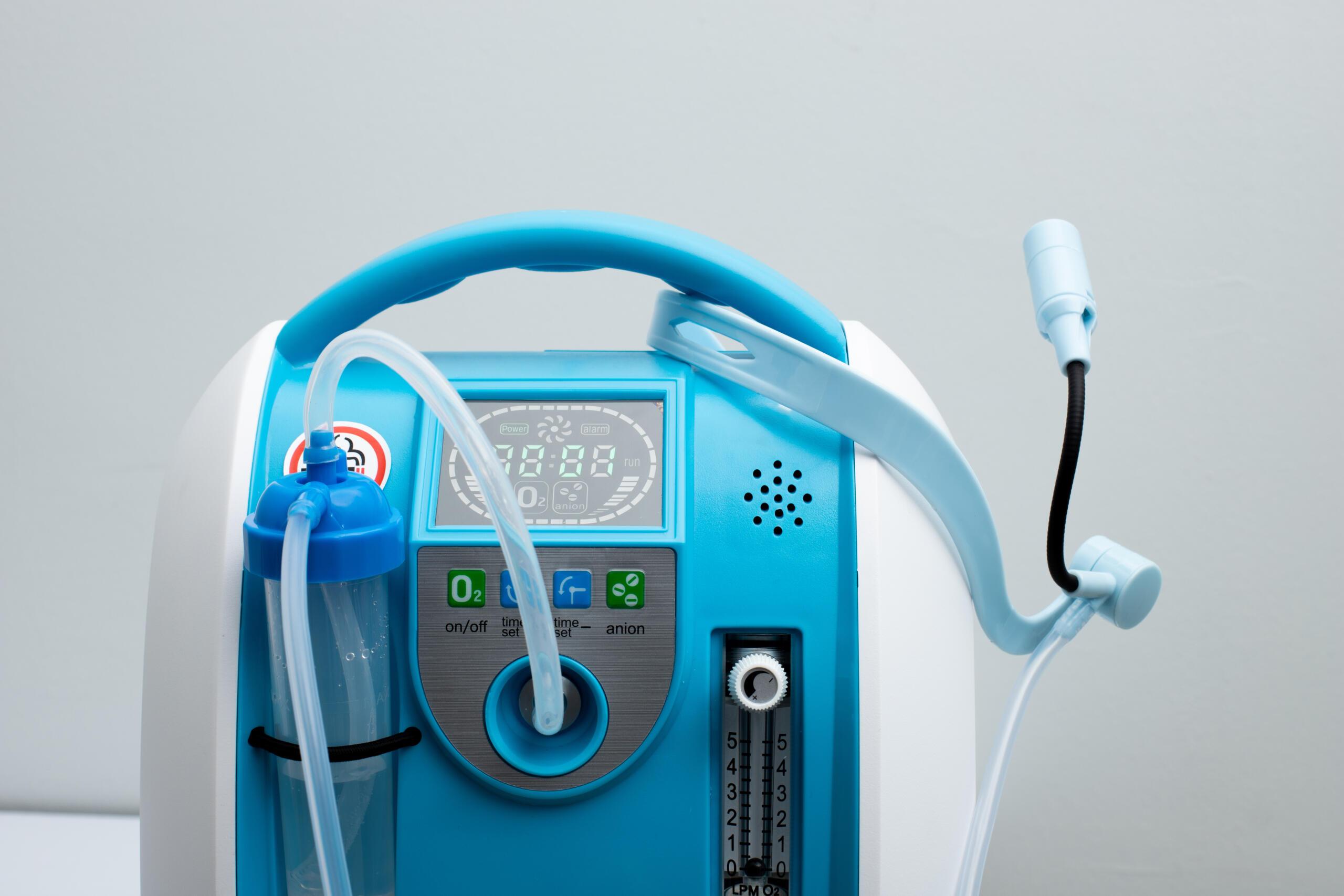Oxygen Concentrators: A Lifesaving Medical Device

Oxygen is one of the most important elements required to sustain human life. When the level of oxygen in our blood drops due to various medical conditions, our body starts struggling. In such situations, oxygen concentrators prove to be a blessing as they help increase the oxygen level in the body. In this article, we will discuss in detail what oxygen concentrators are, how they work, their benefits and different types available in the market.
What are oxygen concentrators?
An Oxygen Concentrator is a medical device used to deliver a continuous supply of enriched oxygen for medical use. It filters nitrogen from room air to deliver purified oxygen through nasal cannulas or masks. Oxygen concentrators are usually used by people suffering from chronic respiratory diseases like Chronic Obstructive Pulmonary Disease (COPD), cystic fibrosis, etc. where long-term oxygen therapy is needed.
Portable and easy to use, oxygen concentrators eliminate the need for oxygen tanks which require frequent refills and are difficult to transport. They work on the principle of molecular sieve separation - using molecular sieves, they separate nitrogen from room air and deliver up to 95% pure oxygen. Most modern concentrators produce 1-5 litres of oxygen per minute which is sufficient for majority of patients.
How do oxygen concentrators work?
Oxygen concentrators employ a two-step process to separate and deliver oxygen from room air:
- Air Intake and Filtration: The concentrator draws in room air through an air intake filter to remove any dust or other particles.
- Molecular Sieve Adsorption: The filtered air is passed through cylindrical columns containing zeolite molecular sieves. The sieves selectively adsorb (bind/attract) nitrogen molecules due to their smaller kinetic diameter as compared to oxygen. This separation is based on the difference in molecular sizes.
- Oxygen Delivery: The oxygen-enriched air from the columns is delivered to the patient through oxygen tubing and nasal cannulas/mask. The purity of oxygen can range between 90-95%.
- Nitrogen Purge: Meanwhile, thecolumns regenarate by rapidly changing the flow direction which releases the adsorbed nitrogen. This nitrogen flush completes the concentrating cycle.
Benefits of using oxygen concentrators
- Portability: Being lightweight and powered by batteries/electricity, concentrators provide oxygen independence and mobility.
- Oxygen on demand: Continuous supply of oxygen as per requirement without need for refills or tank changes.
- Cost effective: Eliminates high recurring costs of purchased oxygen cylinders over long term use. Maintenance costs are also lower.
- Quiet operation: Modern concentrators are very quiet which allows undisturbed sleep and activities.
- Variable oxygen delivery: Flow can be adjusted from 1-5 LPM as per changing needs through different settings.
- Useful backups: Suitable as backup during power outages or transport using battery packs.
Types of oxygen concentrators
Oxygen concentrators come in various types depending on power requirements, litre flow and portability needs:
- Stationary concentrators: Large units meant for continuous home use with 110/220V power input. Provide higher flows >3LPM.
- Portable concentrators: Battery-powered for mobility with flows 1-3 LPM. Lightweight and compact for travel.
- Ultra-portable concentrators: Smallest units meant for limited mobility during emergencies with flows 1-2 LPM and shorter battery life.
- Oxygen generator/concentrator combo: Dual mode unit acts as concentrator as well as generator during power outages using compressed oxygen.
- Double oxygen concentrator: Special dual cylinder design delivers higher combined flow up to 10LPM for severe lung conditions.
Buying guide and maintenance
When buying an oxygen concentrator, important factors to consider include flow requirements, power input type, portability needs, noise levels and warranty. Routine maintenance as per manufacturer guidelines ensures long lifespan. Replacing particle filters, checking for leaks and keeping the unit clean and dry are some key maintenance tips. Proper usage as prescribed by the doctor delivers the required therapeutic benefits of long-term oxygen therapy.
Oxygen concentrators have become the treatment of choice for providing supplemental oxygen therapy at home for various chronic respiratory diseases. Their convenience of portability and continuous oxygen supply independent of refills has improved the quality of life of thousands of patients worldwide. With advanced technology, they offer long-term oxygen therapy in an affordable and efficient manner compared to oxygen cylinders. Understanding their working and choosing the right type ensures making the most of this potentially lifesaving medical device.
For more details on the report, Read- https://www.trendingwebwire.com/oxygen-concentrators-growth-demand-and-overview/
- Art
- Causes
- Crafts
- Dance
- Drinks
- Film
- Fitness
- Food
- Jocuri
- Gardening
- Health
- Home
- Literature
- Music
- Networking
- Alte
- Party
- Religion
- Shopping
- Sports
- Theater
- Wellness
- IT, Cloud, Software and Technology


